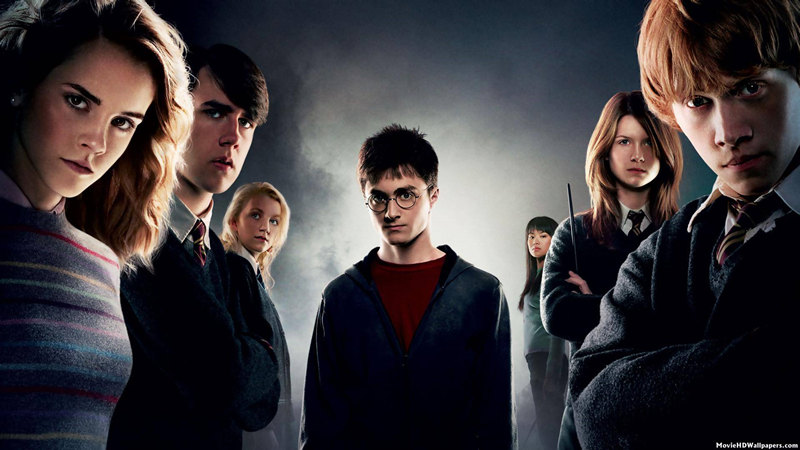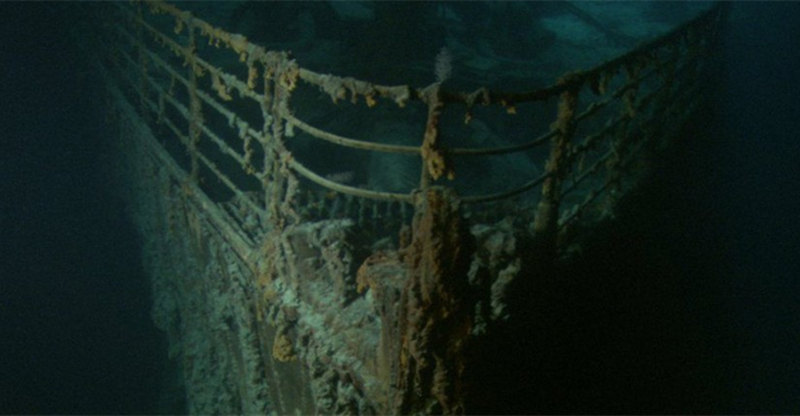Director and star Sir Laurence Olivier doesn’t shy away from center stage in this adaptation of Shakespeare’s “Richard III” (1955) nor would any sane person want him to. By stripping away or at least whittling down many of the supporting parts, Olivier leaves his hunch-backed usurper as the audience’s sole focal point for 158 intense minutes. With the actor’s boundless charisma powering every scene and the strategic use of direct address to the viewer, you would think the film would generate some sympathy for its sociopathic villain or at least make the audience feel a little thrill as partial conspirators in his sordid affair.
But not so. Instead, Olivier leaves us at a slight distance where we can simply marvel at the sheer audacity of this devil incarnate, and to understand just how much fun it must be for a magnificent actor to portray a complete, irredeemable bastard. It’s certainly fun to watch. From pursed ruby red lips to clomping clubfoot, Olivier inhabits his signature role with unrestrained wickedness, unable to choose his favorite crime: fratricide, infanticide, uxoricide. No need to pick a cide when you can revel in every single one! Did Anthony Hopkins have such a good time on “Nixon”?
Mind you, Olivier had plenty of help with worthy cast mates such as Ralph Richardson (as Buckingham), John Gielgud (Clarence), Cedric Hardwicke (Edward IV), and Claire Bloom (the unfortunate Queen Anne), but this was the Olivier show from start to finish, and if the finish isn’t quite as strong as the start, it’s only a minor nuisance. Olivier doesn’t let his putty nose or his floppy pageboy wig provide any distractions from the task at hand. This is a twisted-flesh and blood Richard who takes everything very personally. His mother insulted him by not molding him properly in the womb so to hell with her. The world has insulted him by not immediately compensating him for his sufferings and he intends to remedy that in short order. And when a playful boy prince makes the mistake of jokingly comparing Richard to an ape, you better believe that’s not the sort of thing a newly minted king is going to forget.
What a strange universe of courtly intrigue. You can tell when someone is lying: their lips are moving. Everyone knows it too. Each profession of love and loyalty is so brazenly false, it’s a wonder anyone bothers, and yet they must. The point isn’t to fool anyone into believing you care, only to keep them guessing just how long you’re going to wait before stabbing them in the back. Richard is the perfect man to negotiate such a blighted landscape, so comfortable with his own company and counsel he can use and dispose of allies without the slightest self-doubt, certain he is always two moves ahead. His refusal to stroke enough egos (and pay off enough promised bribes) will prove to be his eventual downfall, but at his peak he has no rival. What a great bastard.
“Richard III” was shot in VistaVision, a flat wide-screen format which used a larger frame, allowing for higher resolution images. Most viewers haven’t had the opportunity to see the entire field captured by VistaVision or to appreciate the film in all its Technicolor glory, but thanks to a 2012 restoration fronted by The Film Foundation, we can now see all the extra information in the original frame, making the studio sets look that much more ornate and providing a truer sense of the epic scope of Olivier’s vision. Olivier favored long takes and wide-angle lenses (or at least deferred to cinematographer Otto Heller on such matters), lending a dynamic sensibility to the play he made his own on the London stage. It all works marvelously as the camera roams the sets, often lingering on Richard’s scowling visage, a man who never looks small even when almost swallowed up by vast palace chambers. It’s a bit less effective when Olivier stages the climactic Battle of Bosworth Field. Richard gets an appropriately twitching death, but the mass of bodies, both human and equine, aren’t choreographed in the most elegant or convincing manner.
No matter. Olivier is so fully invested in the role he might be the only man who can shout “A horse! A horse! My kingdom for a horse!” without evoking any pop culture irony. One of the most quoted and emoted lines in Shakespeare’s folio sounds as fresh today as it did when Olivier bellowed it more than half a century ago. I guess that’s what you call acting, folks.
Video:
The film is presented in its European theatrical aspect ratio of 1.66:1. This might not be the “purest” aspect ratio for VistaVision, but the format was designed to be exhibited from 1.66 to 2:1, and 1.66 was customary for “Richard III” in Europe.
As mentioned above, this high def transfer is sourced from the 2012 restoration of the original negatives by Film Foundation. I’ll turn it over to the Criterion booklet: “This restoration utilized, for the first time, the original VistaVision camera negative, the original YCM separation pro-masters, and footage trimmed from the original negative, to create the longest existing version of the film.” I can’t attest to any added footage. This transfer runs 46 seconds longer than the version included on Criterion’s 2004 SD release of the movie.
The SD was strong in its own rights, but this high-def transfer is a major step forward and not just because of the usual improvement in image resolution. This restoration has brought back the VistaVision framing which means we see more detail on all sides of the image frame – a little more head space, more details on the edges, etc. The Technicolor has also gotten a major upgrade with the reds really popping off the screen. It all looks fantastic.
Audio:
The LPCM Mono audio track is clean and crisp, preserving the clipped diction delivered by many great Shakespearean actors as well as the music composed by Sir William Walton and performed by The Royal Philharmonic Orchestra. Optional English subtitles support the English audio, and might be essential for those not familiar with the Shakespeare to Modern English dictionary.
Extras:
Most of the extras have been imported from the 2004 SD release by Criterion, though the 1994 commentary track by playwright and stage director Russell Lees and John Wilders, former governor of The Royal Shakespeare Company, was for the old laser disc.
The repeated extras include a 1966 episode (48 min.) of the BBC television series “Great Acting” which spotlights Olivier, with a lengthy interview conducted by the great theater critic Kenneth Tynan. We also get an extended “TV Trailer” (13 min.) which is really a long promo film shot by Olivier to provide “a foretaste of the film.” A collection of stills in the Production gallery and a Theatrical Trailer (3 min.) are also included.
New for this Blu-ray release is another in a recent series of excellent “Restoration Demonstrations.” This eight-minute piece is hosted by Martin Scorsese and provides quite a bit of fascinating detail along with illustrative examples of the whole process.
The 16-page insert booklet includes an essay by critic Amy Taubin. The slimmer insert booklet with the 2004 SD had an essay by historian Bruce Eder.
Film Value:
I prefer Olivier’s version of “Hamlet” and “Richard III” might suffer a bit for its grandiosity, but it never lags over its considerable running time because Olivier is a perpetual (e)motion machine. This restored transfer provides us a literal reframing of the original release, now looking appropriately vast in its VistaVision. There is no creature loves Richard, but I can’t understand anyone who doesn’t love Olivier’s rendition.


